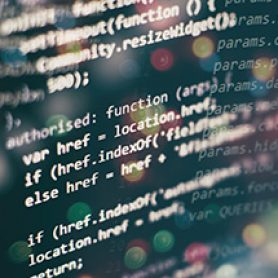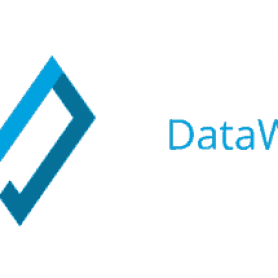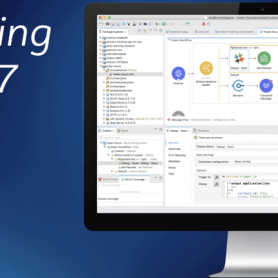The Future of DataWeave
Following its introduction in 2015 as MuleSoft’s answer to data transformation, the DataWeave language has been on a path across and beyond Anypoint Platform.
Announcing DataWeave libraries in Exchange
We often hear that DataWeave scripts can become a critical part of Mule applications, covering complex logic that often needs to be replicated elsewhere.
4 ways to check if an array contains empty values in DataWeave 2.0
A while back, I had a use case where I received a field that could contain either an array or a null value. If
5 ways we’ve enhanced the DataWeave experience with Studio 7.8
Earlier this month, we shared that the focus of the latest release of Studio 7.8 was to complete the journey for OpenAPI Specification 3.0
Increasing your DataWeave productivity from your browser!
DataWeave is the MuleSoft expression language purpose-built for data integration (accessing and transforming data) that travels through a Mule app. DataWeave is tightly integrated
A step-by-step guide to performance testing in Mule Runtime 4.3
Jose Ramón Huerga is an experienced MuleSoft Architect at Everis. He is a multi-MuleSoft Certified Developer and Architect who frequently speaks at MuleSoft Meetups
DataWeave: Working with literal types
Literal types will let you define a type as an enumeration of possible values. This is useful in the use cases when a variable
DataWeave: Taking advantage of the type system
The type system can help you save time preventing errors, find quickly the function you need, instead of looking for it in the documentation,
Streamlining the development experience with Studio 7.7
I am happy to announce our new release of Anypoint Studio 7.7 is now available. Our goal with every new Anypoint Studio release is
Updating fields with DataWeave made easy: The update operator
This new operator has been called the best thing to happen to DataWeave since sliced bread. It is the result of extensive work with




















